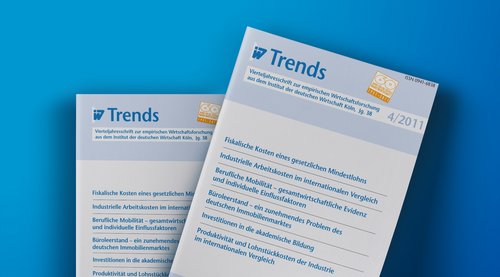Macroeconomic Evidence and Individual Determinants

Labour Turnover

Macroeconomic Evidence and Individual Determinants
The labour turnover rate in Germany has recently ranged between 25 and 30 percent. While the turnover rate does not indicate a higher mobility in comparison with previous decades, the development of the churning rate suggests that mobility may have increased since 2006. In general, the employment turnover of older workers is lower. This does not only apply to interfirm mobility, but also to the re-entry into the labor force. Econometric evidence suggests that a growing reservation wage may be detrimental to the incentives particularly of older workers to resume work after a period of non-employment. In addition, the likelihood of a job change even among older workers increases as job satisfaction declines. Finally, the impact of both the level of acquired skills and that of required competences on the likelihood of a job change attenuates with growing age.
Download | PDF
More on the topic

What factors influence the career ambitions of people with disabilities?
Many companies in Germany report having difficulties not only in recruiting employees, but also in filling vacant management positions.
IW
Leadership in transformation: Megatrends and management as a driver of change
Leadership dynamics in companies are subject to constant change in order to meet the challenges of their time. Today, the greatest influences result from developments such as demographic change, globalization, individualization, structural change and ...
IW